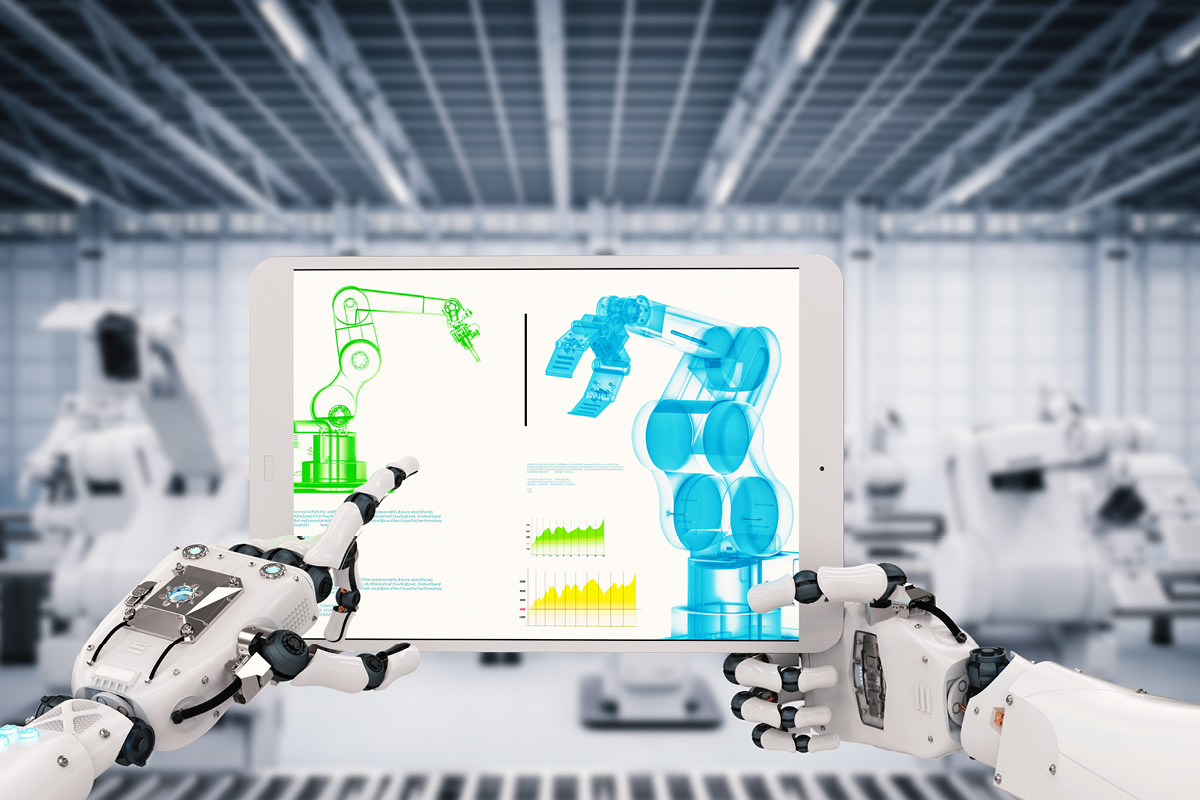The Fourth Industrial Revolution (4IR) will be responsible for changing the face of the Australian workforce, with a widespread impact across all sectors. According to the Committee for Economic Development of Australia, by 2030 as many as 5 million Australian jobs will be automated.
We are on the brink of a complete technological revolution, one where robots and machines can harness the advancements in cognitive systems, analytics, artificial intelligence and machine learning. Extreme connectivity coupled with extreme computing power is driving the rise of the machine, and we can expect a complete disruption of the Australian workplace as new business models emerge.
This overhaul will likely motivate labour migration in a more significant way than the Great Depression.
This overhaul will likely motivate labour migration in a more significant way than the Great Depression. Many jobs – both physically and intellectually intense – will be put at risk. But what will it mean for the future of business?
The cost of an Australian employee averages $60,000 per year, according to the latest ABS data. For employers, this poses quite a dilemma: why have human employees when a robot can do the same work faster, cheaper and often more accurately?
While this transformation, and subsequent move towards automation, is redefining the future of employment, the way we treat machines compared with the way we treat humans poses a number of ethical, business and policy-related questions.
Granted, some jobs are at risk as machines get smarter and more perceptive. But, what’s often missed in this conversation is how the automation of certain tasks will enable humans to spend more time being creative, to think critically, and to act using both human intuition and machine-derived insights.
The automation of certain tasks will enable humans to spend more time being creative, to think critically, and to act using both human intuition and machine-derived insights.
The adaptation of jobs and skills will require a strong workforce strategy. With new products, technology and ways of working entering the fray, employers will need to be more creative in order to make their organisations function cohesively.
As technology continues to develop and replace many ‘traditional’ roles, new jobs will be created in the transition. In particular, jobs that play to what make us human – the heart, if you will – creativity, innovation and strategic thought.
One key benefit of digital transformation to the workforce is how it releases humans from the confines of traditional, mundane and often repetitive work. It gives greater opportunity for knowledge and insight, where people can spend more time thinking.
The time that organisations will gain through automation can be used to innovate and foster ideation, and conceive new processes fuelled by the kind of thinking that only happens when our minds have time to imagine. It may even allow us to conceive of technologies that can add more value to everyday life.
So how are we to prepare our employees and organisations for this impending disruption? The ‘new’ technology we see today – social media, mobile and wearable technologies – have presented a number of challenges to the modern workplace.
It is apparent that by embracing these technologies, new models of business and business management are emerging. As our lives move from analog to digital we must adapt the way our businesses run.





